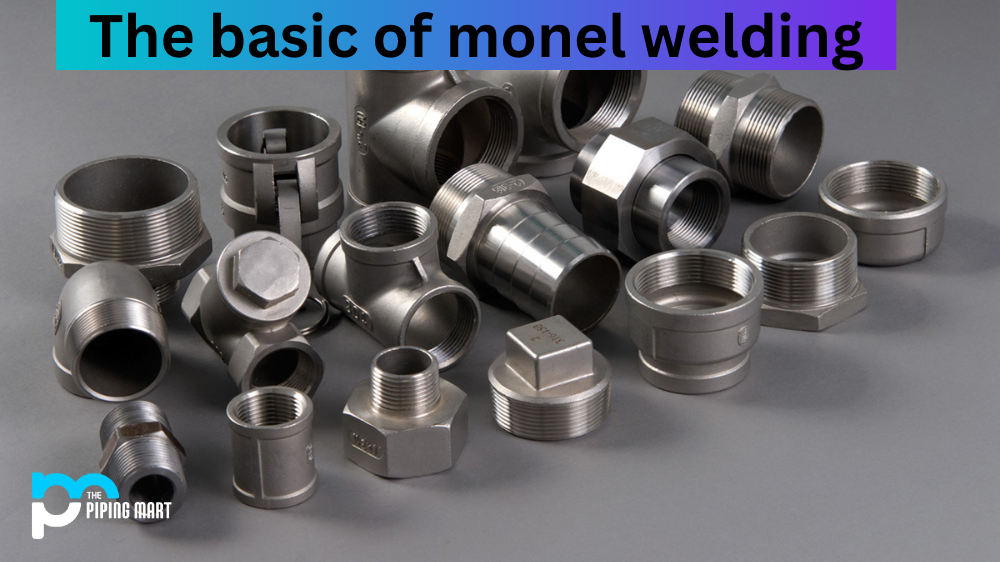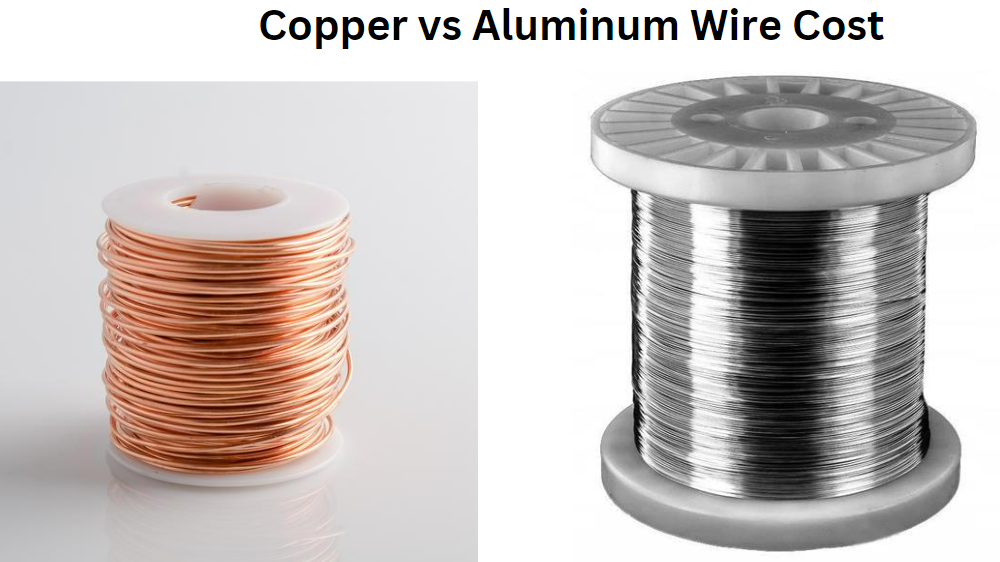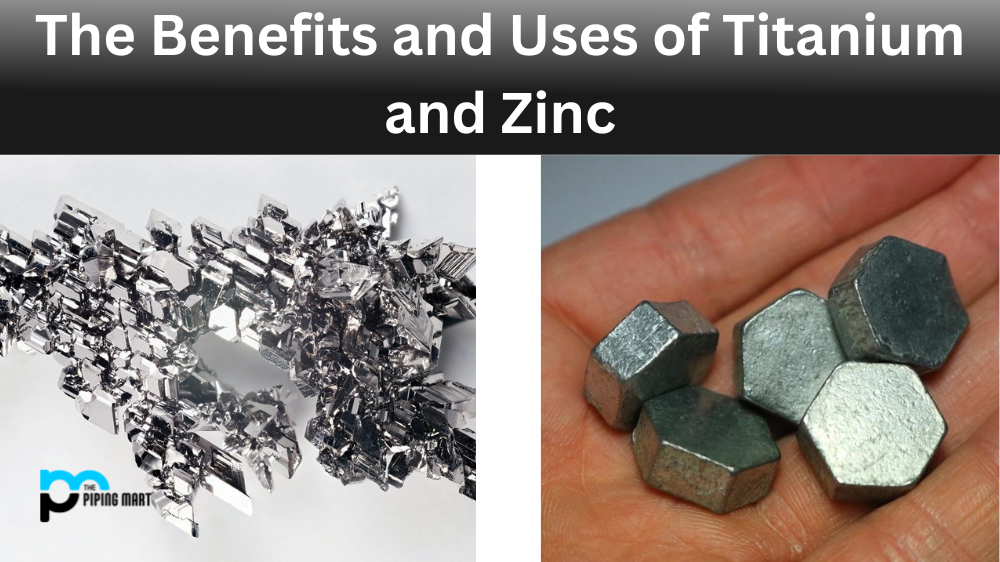Monel is a nickel-copper alloy that has been used for decades in various industries. It is incredibly strong and corrosion-resistant, making it an ideal material for welding applications. But if you’re new to monel welding, it can be intimidating. Don’t worry – with the right knowledge and preparation, you’ll be able to tackle this task like a pro! Here’s what you need to know about the welding monel.
Preparation is Key
Before beginning any welding process, it’s important to make sure that your work area is clean and organized. This means removing any debris or flammable materials from the vicinity and ensuring that your welding tools are in good condition. You’ll also need to check that your metal pieces are free of oil, grease, or rust before starting the process. Finally, always practice safety when welding; wear protective gear such as goggles and gloves to protect yourself from sparks or splatter during the procedure.
Types of Process
When it comes to monel welding, there are a few different options available depending on your preference and skill level. Gas metal arc welding (GMAW) is one of the most common methods used for monel alloys due to its versatility and ease of use. If you’re looking for something more specialized, tungsten inert gas (TIG) welding can be used for more precise welds and offers better protection against oxidation than GMAW does. Finally, shielded metal arc welding (SMAW) is often used in situations where high temperatures are required, such as pressure vessels or boilers – but note that this method requires a great deal of skill and experience compared to other techniques.
Welding Procedure
Now that you’ve chosen which method you’d like to use for your project, it’s time to get started on the actual process of monel welding! For both GMAW and TIG techniques, make sure that your electrode size matches the thickness of your material – too small an electrode will cause weak welds, while too large an electrode will cause cracking or warping in the finished product. You should also pay close attention to current settings; too low a current could lead to poor weld penetration, while too high a current can cause melting or excessive spatter during application. Finally, always monitor the temperature closely; not only does this reduce oxidation, but it also increases weld strength, so accuracy here is essential!
Conclusion:
Monel welding can seem daunting at first glance, but with some preparation and understanding of the proper technique, anyone can master this skill with practice! From choosing which method works best for your project to monitoring temperature levels during application – these tips will give you all the information necessary for successful monel welding endeavors no matter what level of experience you have! With this knowledge under your belt, nothing will stand between you and top-notch results on all future projects!

Pipingmart is B2B portal specializes in industrial, metal and piping products. Also, share latest information and news related to products, materials and different types grades to help business dealing in this industry.




